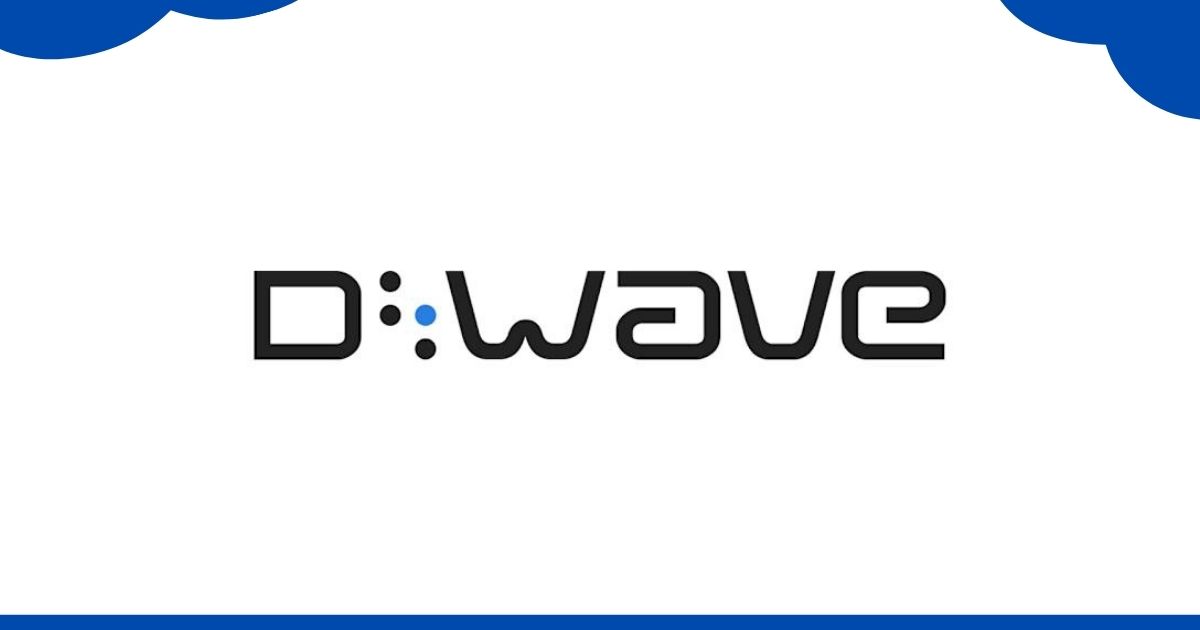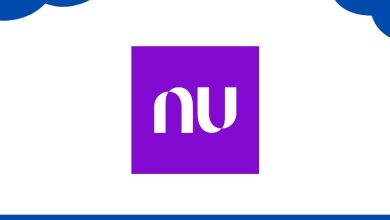D-Wave Quantum (QBTS) Stock Tumbles Over 5%: What’s Behind the Sell-Off?

New York, NY – Shares of D-Wave Quantum Inc. (NYSE: QBTS), a key player in the quantum computing sector, are experiencing significant selling pressure in today’s trading. The stock is pulling back sharply after a recent run-up that brought it close to its 52-week high.
As of 10:31 AM EDT, D-Wave stock was trading at 1.05 or 5.46% for the session. The downward trend began right from the market’s open. The stock, which closed yesterday at $19.24, opened lower at $18.85 and continued its descent, hitting an intraday low of $18.11.
This move comes despite the stock’s impressive performance over the past year, with a 52-week range of $0.75 to $19.76. Today’s pullback suggests investors may be taking profits after the stock’s recent powerful rally.
Technical Breakdown: A Correction in Motion
Today’s chart for QBTS is a sea of red, indicating consistent selling pressure since the opening bell. The stock’s inability to find support and its position near the day’s low signals that bears are currently in control of the price action.
Several key metrics provide context to today’s drop:
-
Valuation Concerns: The 1-year analyst target estimate is $16.00, which is notably below the stock’s current trading price. This discrepancy may be fueling the sell-off, as some investors might view the stock as overextended in the short term.
-
Profitability: D-Wave is not yet profitable, with a trailing twelve-month EPS (Earnings Per Share) of -0.66. This is common for pioneering technology companies but remains a risk factor for fundamentally-focused investors.
-
Volatility: With a Beta of 1.48, the stock is inherently more volatile than the broader market, making it susceptible to larger-than-average price swings.
Should You Buy or Sell QBTS Stock Today?
The decision to buy or sell D-Wave today is a matter of investment horizon and risk appetite.
-
The Case for Selling (or Holding): The strong downward momentum and the fact that the stock is trading well above its analyst price target are compelling reasons for caution. Investors who bought at lower prices may see this as an opportune moment to lock in profits. The risk of a further correction remains.
-
The Case for Buying: For long-term believers in the future of quantum computing, this pullback could be seen as a “buy the dip” opportunity. Acquiring shares at a discount from its recent highs could be attractive for those willing to withstand short-term volatility for potential long-term gains.
Our Opinion on this Stock
D-Wave Quantum is a speculative investment in a transformative industry. Its stock price is often driven by sentiment and future potential rather than current financial performance.
Today’s downturn appears to be a healthy and expected correction after a significant price appreciation. The market seems to be reconciling the stock’s high-flying valuation with its current fundamentals and analyst expectations. For long-term investors, D-Wave remains a high-risk, high-reward bet on the quantum revolution. However, for those with a shorter time horizon, the current bearish momentum suggests that caution is warranted. Waiting for the price to stabilize before considering an entry might be a more prudent strategy.
Frequently Asked Questions (FAQs)
Q1: Why is D-Wave (QBTS) stock falling today?
A: QBTS stock is falling likely due to a combination of profit-taking after a strong rally, and valuation concerns, as its current price is above the 1-year analyst target estimate of $16.00.
Q2: Is D-Wave Quantum a profitable company?
A: No. According to the provided data, D-Wave has a negative EPS of -0.66, indicating it is not currently profitable.
Q3: What is the 52-week high for QBTS stock?
A: The 52-week high for QBTS is $19.76. Today’s trading price is a pullback from that peak.
Q4: Is QBTS a good long-term investment?
A: As a leader in the nascent field of quantum computing, QBTS has significant long-term growth potential. However, it is a speculative and volatile stock. Its suitability depends on an investor’s high tolerance for risk and a long-term belief in the company’s technology.
Disclaimer: This article is for informational purposes only and should not be considered financial advice. Investing in the stock market involves risk, including the loss of principal. Please conduct your own research or consult with a financial professional before making any investment decisions.






